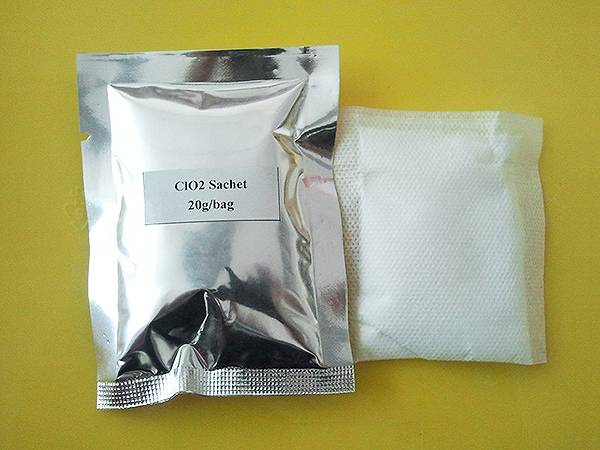



Understanding Chlorine Dioxide Safety and Guidelines from the CDC
Chlorine Dioxide Understanding Its Uses and Safety Concerns
Chlorine dioxide (ClO2) is a chemical compound commonly used for its disinfectant properties. It is particularly effective in water treatment, paper bleaching, and as a sanitizer in various industrial applications. Despite its widespread use, chlorine dioxide has been a subject of controversy, especially regarding its safety, efficacy, and potential health risks when misused.
Properties and Uses of Chlorine Dioxide
Chlorine dioxide is a yellowish-green gas at room temperature, but it is typically used in aqueous solutions. As a powerful oxidizing agent, chlorine dioxide is effective at killing bacteria, viruses, and protozoa. This efficacy makes it a popular choice for drinking water disinfection. Water treatment facilities use chlorine dioxide to reduce pathogens and control taste and odor issues associated with the chlorination process.
In addition to water treatment, chlorine dioxide is employed in various industries. It is used in the paper and pulp industry for the bleaching of wood pulp, resulting in a brighter product with reduced environmental impact compared to traditional chlorine bleaching methods. Furthermore, its applications extend to food processing facilities, where it serves as a sanitizer for surfaces and equipment.
Health Concerns and Misuse
cdc chlorine dioxide

While chlorine dioxide has legitimate uses, there are significant health concerns associated with its misuse. The compound has been promoted in some fringe health circles as a miracle cure for a variety of ailments, including COVID-19, malaria, and autism. Organizations such as the Centers for Disease Control and Prevention (CDC) and the Food and Drug Administration (FDA) have issued warnings against the ingestion of chlorine dioxide, particularly in the form of miracle mineral solution (MMS). These products are often marketed as dietary supplements, despite lacking scientific validation and posing serious health risks.
Ingesting chlorine dioxide can lead to a range of adverse effects, including nausea, vomiting, diarrhea, and abdominal pain. Severe cases can result in respiratory distress and damage to red blood cells, leading to methemoglobinemia—a condition that affects the blood's ability to carry oxygen. The potential for harm is especially pronounced in vulnerable populations, such as pregnant women, children, and individuals with preexisting health conditions.
Regulatory Stance
Regulatory bodies like the CDC, FDA, and the Environmental Protection Agency (EPA) have made it clear that chlorine dioxide is not approved for human consumption or therapeutic use. The FDA has taken action against companies that promote these unsafe products, emphasizing the importance of public health and safety. Additionally, the CDC warns against the inhalation of chlorine dioxide gas, which can cause significant respiratory irritation.
Conclusion
Chlorine dioxide is a powerful disinfectant with valid applications in water treatment and industrial processes. However, the promotion of chlorine dioxide as a miracle cure reflects a dangerous misinterpretation of its properties and potential health impacts. Public health organizations continue to educate the public on the distinctions between safe and unsafe uses of this compound, emphasizing that proper regulatory oversight is crucial for consumer safety. As people seek effective solutions for health issues, it is imperative to rely on scientific evidence and adhere to guidelines established by reputable health authorities.
-
Why Sodium Persulfate Is Everywhere NowNewsJul.07,2025
-
Why Polyacrylamide Is in High DemandNewsJul.07,2025
-
Understanding Paint Chemicals and Their ApplicationsNewsJul.07,2025
-
Smart Use Of Mining ChemicalsNewsJul.07,2025
-
Practical Uses of Potassium MonopersulfateNewsJul.07,2025
-
Agrochemicals In Real FarmingNewsJul.07,2025
-
Sodium Chlorite Hot UsesNewsJul.01,2025










